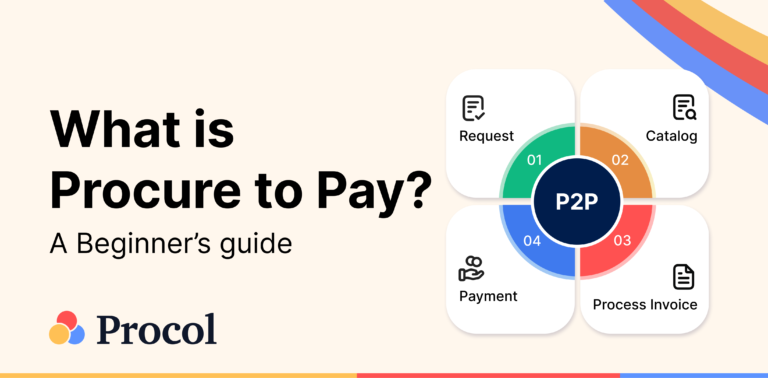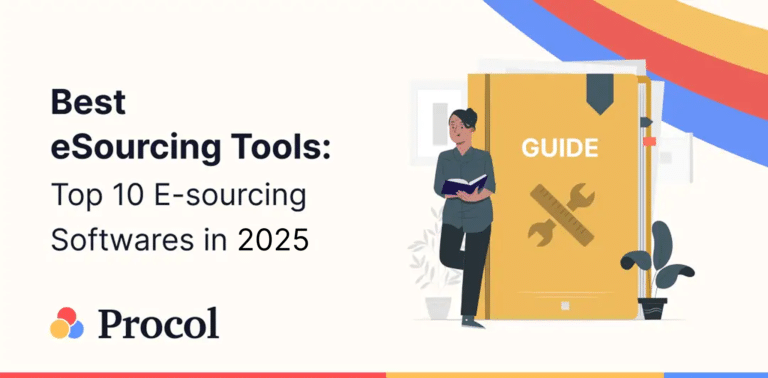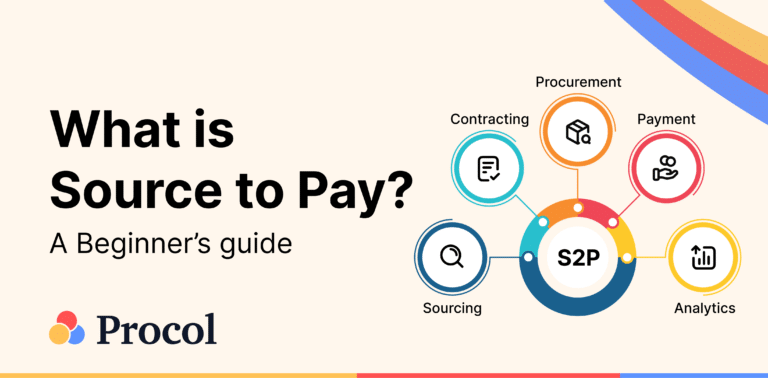What is Cost modelling ?
Cost modeling has been a tool for many years, but just a few leading manufacturing businesses have used it. It is typically employed when companies buy expensive, volatile market-sensitive goods and commodities. The substantial initial expenditure, such as simplified IT infrastructure and dedicated cost modeling staff, necessary during the early stages of development has discouraged businesses from creating cost modeling systems. The effort’s uncertain ROI also impacts adoption.
Benefits of Cost Modelling
A company’s primary goal is to increase profit, which can be done by either raising the top line or cutting operating costs. Cost modeling improves operational expenditure management, and the idea has now developed into an organizational technology exercise that depends on the participation of numerous departments.
Cost modeling for procurement aids in locating the main cost elements present in the good or service. This clarifies the cost drivers affecting the category and helps firms understand how differences in these crucial components can affect the entire cost of the procured class. Cost modeling’s most typical use cases include:
Price Prediction
Businesses employ cost models, which break down prices into parts, to forecast future costs for goods and services. Predicting the overall cost involves understanding how individual component costs change.
Supplier Negotiations
Should-cost assessments help companies in supplier negotiations by identifying the profit margins and operational inefficiencies of the supplier.
Budget and Planning
Cost modeling aids business unit leaders in budgeting by providing an accurate picture of anticipated spending.










